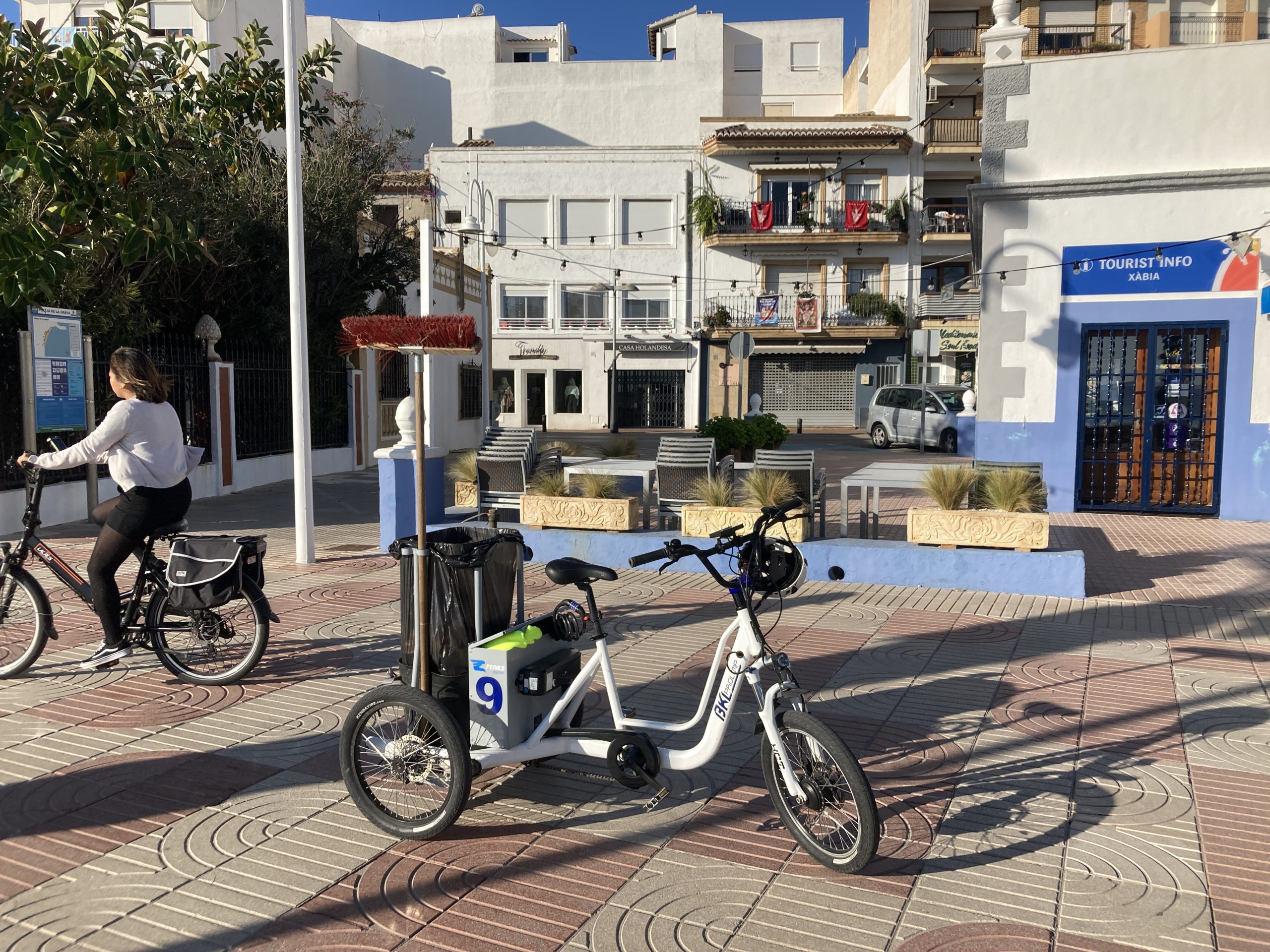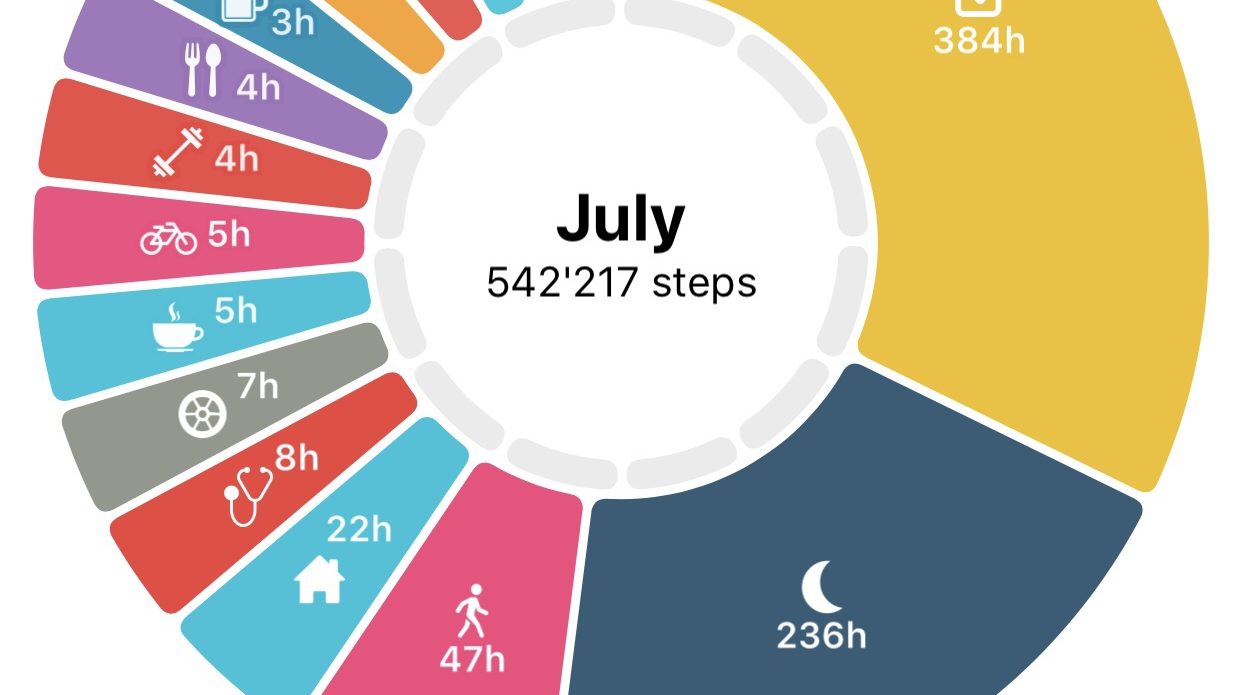Tag: environmentalism
-

Cycling from Nyon To Geneva and Back
Reading Time: 2 minutes Catching the train to Geneva and back to Nyon costs about 14CHF per day, depending on whether you have paid 180 CHF for the half fare or not. In contrast two Continent GP 5000 tires cost about 110CHF and you can go to Geneva and back a few hundred times. The…
-

The Environmentally Unfriendly Farmer
Reading Time: 2 minutes For several months I was not bothered by the noise of an environmentally unfriendly farmer. This farmer loves to use a really old tractor. He loves to turn on the engine and let it run for minutes at a time, without moving. It is running now, as he fills the container…
-

A Camera Bike
Reading Time: < 1 minute In Spain I keep seeing the BKL Prolimp bikes and I like them. They’re tricycles rather than bikes but I think they could be useful. Instead of transporting a broadcast camera and tripod in a car or smart you could transport them on the back of this bike. Instead of…
-

Walking from Village to Village, and Village to Town
Reading Time: 3 minutes The conversation is too often about designing cities to be car-free, but I would argue that designing the countryside to require less frequently would be more advantageous. The reason for this is that walking from village to village, and from villages to towns eliminates the need for, and appeal of the…
-
Interdependence – An environmental film in eleven parts
Reading Time: 3 minutes Last night I went to see Interdependence, an environmental film in eleven parts. It is a collection of short films that explore environmental themes around the topics of air, water, and earth. When I watched one part it reminded me of Les Vacances de Mr Hulot, a french film from 1953.…
-

Half a Million Steps in July
Reading Time: 3 minutes In July this year I took half a million steps as I was banned from driving. I’m using that phrase for comedic effect. As I had one arm in a sling driving was out of the question for a few weeks and then it was out of the question because my…


